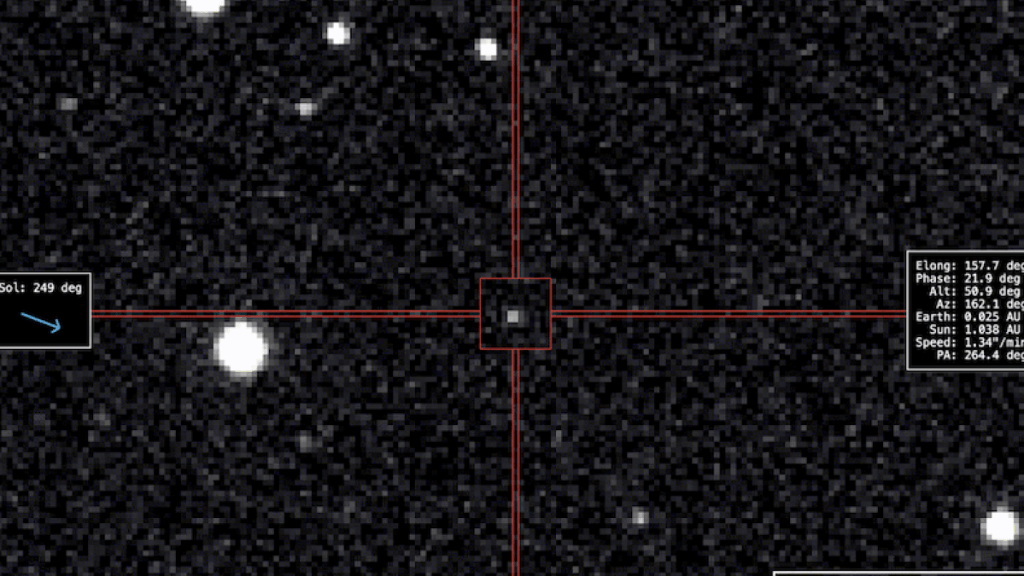As objects move through the sky against the background of stars, different observatories (like the NASA-funded Asteroid Terrestrial-impact Last Alert System) identify whether it’s a new object, and if so, if it might pose a hazard to Earth. In this case, follow-up observations determined the detected object was ESA’s Juice spacecraft, short for Jupiter Icy Moons Explorer. The probe, en route to the deeper solar system, is flying by Earth and the moon to exploit our gravity as it slingshots through space.
Is it an asteroid? Is it a comet? No! It’s @ESA_JUICE! Juice was briefly mistaken for a new potentially hazardous asteroid as it races towards Earth for next week’s double flyby. Fortunately, experts have confirmed that Juice poses no risk to our planet😉https://t.co/lGMBfT4hHA pic.twitter.com/FaDjKTPBmh
— ESA Operations (@esaoperations) August 15, 2024
‼️This is the @ESA_JUICE, ready to have its fly-by with the Earth in about 10 days. We spotted it via our robotic facility in Italy. @ESA_Italia @esa
🛰️🔭
Details here: https://t.co/zTyHxwk2pY pic.twitter.com/emjB8Dggky— Virtual Telescope (@VirtualTelescop) August 9, 2024
“You need to know what’s coming, when it’s coming, and how hard it’s going to hit.”
Some space rocks do inevitably veer into our neck of the solar system woods from time to time. But space agencies haven’t spotted any threats. There “continues to be no known asteroid on course to collide with our planet for at least the next 100 years,” ESA said.
The risks of an asteroid impact
Here are today’s general risks from asteroids or comets both tiny and very large. Importantly, even relatively small rocks are still threatening, as the surprise 56-foot (17-meter) rock that exploded over Russia and blew out people’s windows in 2013 proved.
- Every single day about 100 tons of dust and sand-sized particles fall through Earth’s atmosphere and promptly burn up.
- Every year, on average, an “automobile-sized asteroid” plummets through our sky and explodes, explains NASA.
- Impacts by objects around 460 feet (140 meters wide) in diameter occur every 10,000 to 20,000 years.
- A “dinosaur-killing” impact from a rock perhaps a half-mile across or larger happens on 100-million-year timescales.
Topics
NASA

